Sinsan Park (신산공원)
10.0 Km 1983 2017-11-07
92-12, Sinsan-ro, Jeju-si, Jeju-do
Sinsan Park was opened to commemorate the arrival of the Olympic Torch to Korea for the '88 Seoul Olympic Games but now serves as a resting place for local citizens. It has become a popular location for family outings, and many couples enjoy walking along the paths through the shade of the forest.
Moise Haejangguk (모이세해장국)
10.0 Km 5831 2021-04-17
221, Yeonbuk-ro, Jeju-si, Jeju-do
+82-64-746-5128
It is a restaurant that serves Haejangguk, made more delicious when served with egg. The best menu at this restaurant is hangover soup. This Korean dishes restaurant is located in Jeju-si, Jeju-do.
Jeju Love Land (제주러브랜드)
10.0 Km 261330 2024-03-26
2894-72 1100-ro, Jeju-si, Jeju-do
+82-64-712-6988
Jeju Love Land is a modern-themed park that creatively interprets sex through art. The entire park is a vast artistic space featuring a variety of works approached from perspectives of enjoyment and humor. At night, the park is beautifully illuminated with colorful and exotic lights, creating a mysterious ambiance. It's consistently popular among couples. Additionally, there are gift shops, cafés and restaurants available.
Jeju National Museum (국립제주박물관)
10.0 Km 27439 2021-08-06
17, Iljudong-ro, Jeju-si, Jeju-do
+82-64-720-8000
Opened on June 15, 2001, Jeju National Museum is a history museum that displays, preserves and studies Jeju Island’s historical and cultural assets. Jeju National Museum houses various remains excavated from ruins, including meaningful relics from the prehistoric age through to the Joseon dynasty. It boasts unique traditional culture and holds special exhibitions each year.
Jeju Samseonghyeol (제주 삼성혈)
10.1 Km 29373 2024-03-13
22 Samseong-ro, Jeju-si, Jeju-do
+82-64-722-3315
Samseonghyeol is a revered site featuring three mythical holes, believed to be the origin of Jeju island's mythical founders: Go, Yang, and Bu. This sacred location is enveloped by ancient trees, standing for centuries, and remarkably, the holes are known to never fill with water, no matter how hard it rains or snows. Adjacent to these remarkable natural phoenomena, visitors will find an exhibition hall and a media gallery dedicated to telling the lore of Samseonghyeol. Additionally, the site is surrounded by historical structures dating back to the Joseon period.
Soljeong Garden (솔정가든)
10.1 Km 75 2021-03-30
9, Ora-ro 12-gil, Jeju-si, Jeju-do
+82-64-751-2100
It is a good place for Korean health dishes. The best menu at this restaurant is whole mineral-fed duck soup with medicinal herbs. This Korean dishes restaurant is located in Jeju-si, Jeju-do.
Jeju Island Special Tourist Zone (제주도 관광특구)
10.1 Km 21458 2024-03-15
Jeju-do
+82-64-740-6000
Located to the southwest of the Korean Peninsula, the island of Jeju is Korea's largest tourist destination. The entire island has been designated as a special tourist zone, and it's easy to see why: there is hardly any spot on the island that is not photogenic. Unlike mainland Korea, which has a temperate climate, Jeju boasts a climate that is closer to subtropical. Hallasan Mountain, lying at the center of the island, is surrounded by 368 parasitic cones, known as "Oreum." Eleven beaches have been designated as tourist beaches, but including those that are not officially designated, the island features nearly thirty beaches in total. Famous beaches include Iho Tewoo Beach, Samyang Beach, Hyeopjae Beach, Geumneung Beach, and Gwakji Beach. Jeju's renowned Olle Trails, a system of hiking paths, span a total length of 425 kilometers and would take about fifteen days to complete in their entirety.
Hallasan Mountain [National Geopark] (한라산 (제주도 국가지질공원))
10.2 Km 435162 2022-11-30
2070-61, 1100-ro, Jeju-si, Jeju-do
+82-64-710-3945
Hallasan Mountain stands proudly at the center of Jeju Island and is perhaps the island’s most memorable landmark. Also called Yeongjusan Mountain, meaning "mountain high enough to pull the galaxy," Hallasan Mountain is widely known by scientists for its geological value. Designated as a national park in 1970, there are 368 parasitic cones called "oreum" (Jeju dialect meaning peak) around the main mountain.
Hallasan Mountain is famous for its vertical ecosystem of plants that results from the varying temperatures along the mountainside. Over 1,800 kinds of plants and 4,000 species of animals (3,300 species of insects) have been identified; to explore the mountain's treasures, simply follow one of the well-developed hiking trails.
Hallasan Mountain Trekking (한라산 트레킹)
10.2 Km 111319 2020-06-25
2070-61, 1100-ro, Jeju-si, Jeju-do
+82-64-740-6000
Situated on the southern tip of the Korean Peninsula, Hallasan is 1,950 meters in x_height and is the highest mountain in South Korea. Formed from volcanic activity, the mountain is a dormant volcano made mostly of basalt. Home to the magnificent Baekrokdam (lake-filled crater), the mountainside is covered with alpine flora and lush trees.
The mountain is characterized by majestic cliffs, steep slopes, interesting rock formations, and, in particular, myriads of colorful azaleas. There are over 360 small mountains (uniquely-shaped volcanic mountains called “Oreum” in Jeju dialect) surrounding Halla Mountain that offer new delights to visitors with the coming of each new season. Along with Hallasan, the oreums were officially named the Hallasan Natural Protection Area (Natural Monument No.12) in 1966.
There are six hiking trails along Hallasan. Seongpanak Trail on the east and Gwaneumsa Trail in the north go all the way up to the summit (Baekrokdam). Those looking for a less rigorous hike are advised to take the shorter trails reaching midway up the mountain. All trails are relatively short (less than 10 kilometers) and can be hiked in less than a day. Visitors are advised, however, to start early in the morning if planning on hiking up to the summit and to check official operating hours, as some trails are only open during certain hours of the day. Keep reading for information on some of the most popular trails.
* Gwaneumsa Trail (North)—Summit Trail
Gwaneumsa Trail offers hikers the best view of Hallasan’s deep valleys and stunning terrain. Midway along the trail is Guringul (a lava cave) and Tamna Valley. Tamna Valley is especially beautiful during the fall when the leaves are changing and during the winter when the entire area lays under a dusting of snow.
* Seongpanak Trail (East)—Summit Trail
This relatively long, gently sloping trail is perfect for beginners. Lush broadleaf trees give shade from the beating sun and in spring the azaleas bloom and turn the mountainside into a dazzling array of color.
* Eorimok Trail (Northwest)
This short trail is another relatively easy trail for beginners. In spring, the nearby meadows are adorned with red royal azaleas. From the stone pathway to Mansedongsan visitors can catch a breathtaking panoramic view of the countryside and the island’s signature Oreums.
* Yeongsil Trail (Southwest)
As the shortest trail in Hallasan, this trail boasts Yeongsilgiam (a spectacular cliff with series of unusual rock formations). It is covered with azaleas and royal azaleas in spring and vibrant autumn foliage starting in October.
Jeju Folklore & Natural History Museum (제주민속자연사박물관)
10.2 Km 45090 2024-03-13
40 Samseong-ro, Jeju-si, Jeju-do
+82-64-710-7708
The Jeju Folklore & Natural History Museum showcases the island's unique traditional culture and natural environment. It features exhibits on Jeju’s natural history, folklore, marine life, and an interactive Jeju Experience Center. Enhancing visitor engamgent, the museum includes dioramas and animated films. A highlight of the Sea Exhibition Hall is the 13m-long skeleton of a Bryde's whale, discovered dead on a jeju beach in 2004.
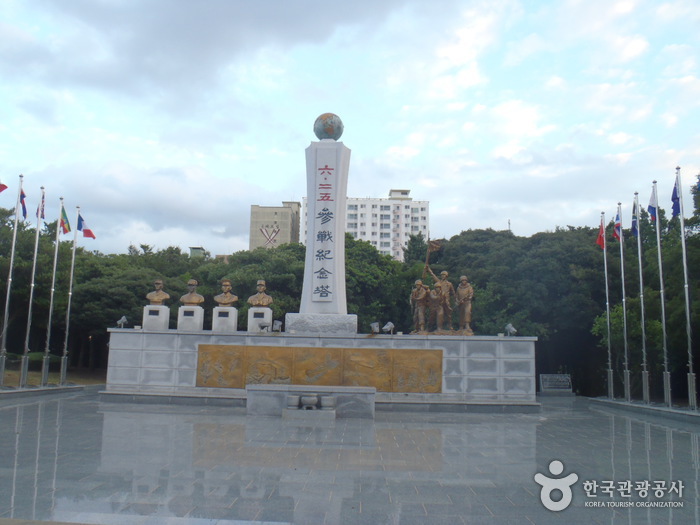
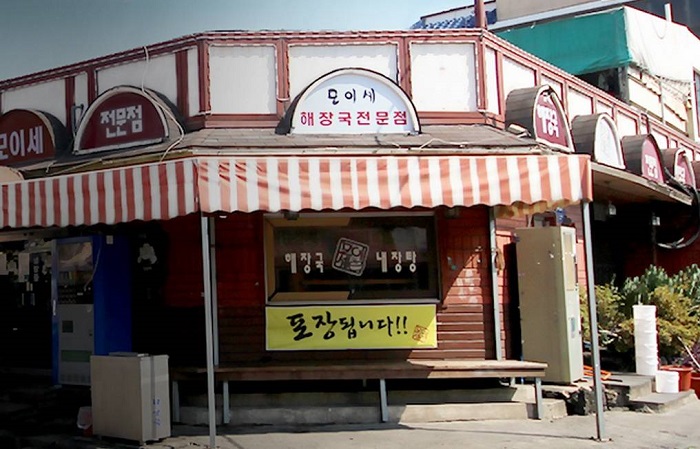

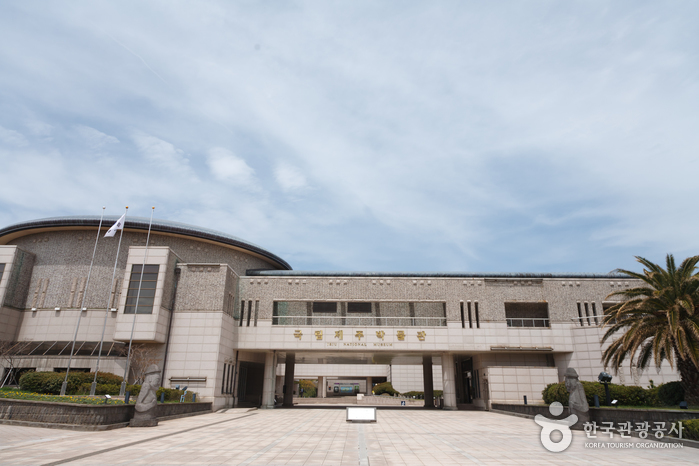
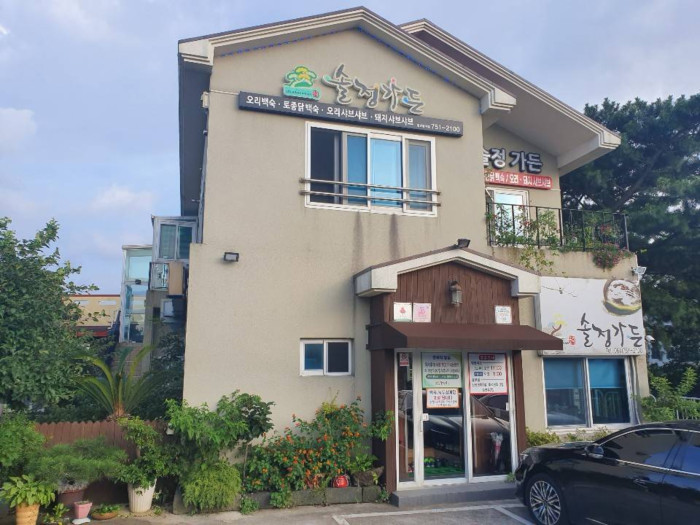
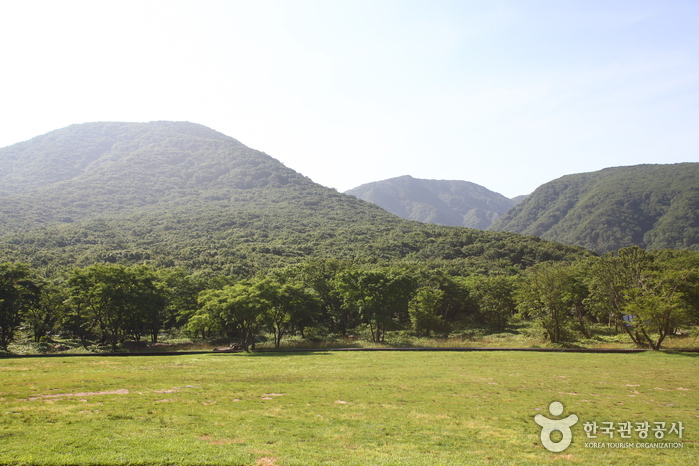
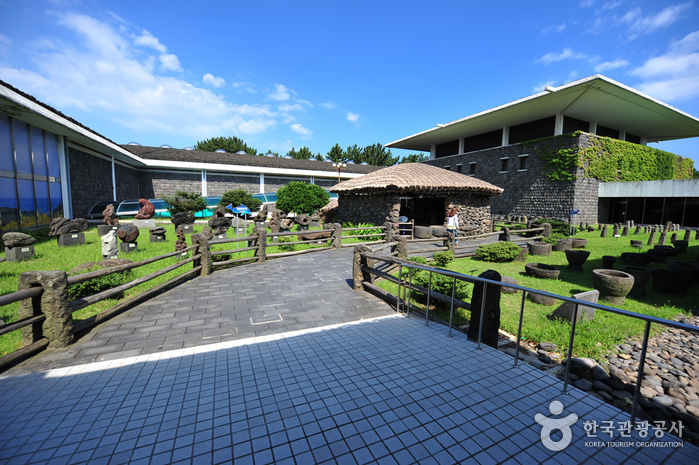
 English
English
 한국어
한국어 日本語
日本語 中文(简体)
中文(简体) Deutsch
Deutsch Français
Français Español
Español Русский
Русский